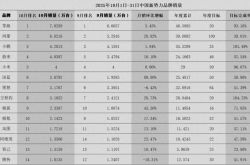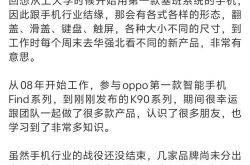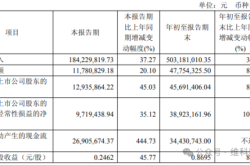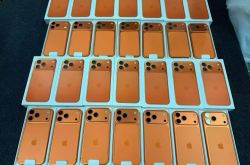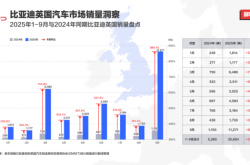Without financing exceeding 100 million, humanoid robot companies are embarrassed to make announcements
![]() 04/09 2025
04/09 2025
![]() 525
525
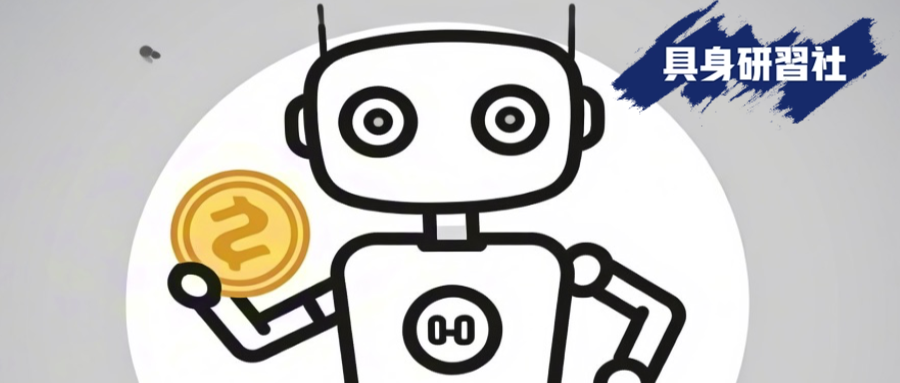
The dispute between investment factions in humanoid robots is essentially a game between technological paths and business logic. The 'brain-focused' faction pursues technological ceilings, while the 'body-focused' faction solidifies the industrial foundation. Both are indispensable.
Editor: Di Xintong
Zhu Xiaohu's theory of 'mass exits' from humanoid robot investments did not deter investors who entered the field with real money.
Regardless of whether Zhu Xiaohu's viewpoint is right or wrong, after all, no one has the identity of a prophet, and no one can clearly see the future direction. But judging from the discussion, most viewpoints contradict Zhu Xiaohu's theory, and people still believe that humanoid robots or embodied intelligence will eventually enter thousands of households.
This contradiction is not just a Void and elusive 'show of support', but a real investment of huge sums of money in humanoid robots. According to IT Juzi data, from 2024 to the first quarter of 2025, there were a total of 64 financing events exceeding ten million yuan in the field of humanoid robots. Especially the 19 transactions in the first quarter of 2025 can be described as a behavioral art of voting with money.
The increase in financing events is just one aspect, followed by the soaring amounts. Among the 64 financing events, there are not a few that exceed 100 million yuan in scale. With both the number and scale of financing increasing, humanoid robots have become a new spark.
Not long ago, Tashizhihang, which was established only 50 days ago, refreshed the ceiling of angel round financing for Chinese humanoid robots with over 800 million yuan in angel round funding. In 50 days, while other racetrack entrepreneurs were still struggling with how to revise the 18th version of their business plan, investors in the field of humanoid robots have already written a new law with their actions: In the humanoid robot racetrack, the reality that early-stage investments are not cheap exists.

Image source: Tianyancha
However, it is interesting that although they are all betting on the future and expressing their positions with actions, there are different investment preferences among the investors who are optimistic. The investment camps are divided into 'body hardware faction' and 'body + large model' faction; upstream players are beginning to show their faces, and dexterous hands and joint modules are receiving much attention.
With investments blooming in multiple points, investors are accelerating the pace of the future arrival of humanoid robots. Although we cannot predict trends, we can still glimpse future developments through actions.

Getting more expensive, state-owned capital frequently stepping in
Expensive has become a keyword for financing humanoid robot companies.
At the end of March, Jike Future completed a seed round of financing worth tens of millions of yuan, exclusively invested by Zero One Ventures. It was founded in 2024 by Tian Ye, a former Apple technical director, and Shao Lin, an assistant professor at the National University of Singapore; in the same month, Lingbao CASBOT announced the completion of a new round of financing, with the total amount of angel round funding exceeding 100 million yuan. Participants included Lenovo Capital, SDIC Ventures, and Henan Asset Management Fund.
Going further back, Magic Atom, Galaxy General, and other companies have all completed large-scale financing exceeding 100 million yuan. Seed rounds exceeding ten million and angel rounds exceeding 100 million yuan in financing scale are no longer uncommon in the field of humanoid robots. The largest financing round is always the next one.
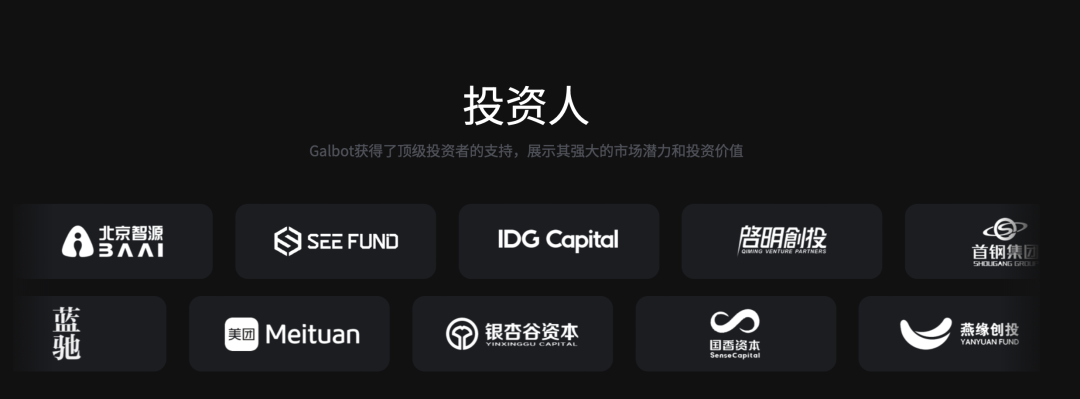
Image source: Galaxy General official website
This trend has not only swept through humanoid robot companies but also shows an increasing trend in the financing scale of their upstream core components. For example, the dexterous hand, a key end effector for humanoid robots to touch the physical world in the last millimeter, has also become a 'hotcake' in the primary market.
On April 8, Lingxinchaoxiu completed a seed round of financing exceeding 100 million yuan, creating the largest seed round investment in the field of dexterous hands to date. It was led by Sequoia China Seed Fund and Wankai New Materials, with follow-on investments from Lehe Capital, Lehe Finance, Huacang Capital, and Anyu.
The scale of early-stage financing rounds has already reached the next level, not to mention the financing scale of star companies. Behind each round of financing stands an 'investor corps', and long lists of participating institutions support financing of nearly 1 billion yuan in scale. Following this is the soaring valuation of leading companies. It is reported that Zhiyuan's valuation has reached 15 billion yuan.
In the view of the Embodied Learning Society, the expansion of the financing scale of humanoid robots is inseparable from the internal factors of their industrial development. On the one hand, the first year of mass production has arrived, and commercialization is no longer a 'verbal promise', adding confidence to the valuation of humanoid robot manufacturers; on the other hand, the continuous reduction in the cost of core components and the continuous development of large model technology have laid the foundation for cost reduction and application enhancement of humanoid robots, with the maturity of the supply chain and technological breakthroughs accelerating the pace of humanoid robot development.
Coupled with the arrival of policy tailwinds, humanoid robots are currently in a development window period, or the 'best of times'. Amidst this prosperity, the expansion of financing scale has become a natural result.
In the current scene of 'vibrant investment and financing', the active investors include not only VC but also frequent appearances of state-owned capital. The Beijing AI Industry Fund participated in the financing of Galaxy General and Independent Variable Robotics; the Beijing Robotics Industry Development Investment Fund bet on Unitree Robotics and Xinghaitu; China Merchants Venture Capital in Shenzhen invested in Qianxun Intelligence and Zhuji Dynamics; Henan Asset Management Fund participated in the financing of Lingbao CASBOT...
The essence of the financing boom in humanoid robots is capital's ultimate bet on the integration of 'AI + the physical world'. In the short term, policy dividends and technological breakthroughs will drive valuation to continue to climb; in the long term, it is a bet on the next future entry ticket or even the right to speak.

Large models determine the upper limit, the body determines the lower limit
"The ultimate value of humanoid robots lies in achieving a leap in cognitive ability through large models, thereby breaking through scene boundaries." This investment idea has already formed distinct factions in humanoid robots. In the eyes of some investors, this wave of humanoid robot explosion is inseparable from the leap in large model technology. Only with the support of the brain can humanoid robots be endowed with the ability to cognize the world. Therefore, following the technological context, the companies currently being bet on must be OEMs with obvious advantages on the brain side.
Cao Wei, a partner at BlueRun Ventures, also told the media, "It is a good business model to make a profit by being a hardware company, but we are more concerned about whether a company can make technological breakthroughs and drive industry development, such as open-sourcing and sharing high-quality data and continuous innovation in model architecture."
This logic was verified in BlueRun Ventures' investment in Zhiyuan Robotics.
"For a robotics company, if you don't build a large model, it's a robot without a future, without intelligence, and without the ability to perform tasks, it's just a piece of hardware. What it can do is very limited, so we invest a lot." said Yao Maoqing, executive dean of the research institute and president of the embodied business department of Zhiyuan New Creation Technology Co., Ltd.
Adhering to this concept, Zhiyuan launched the Qiyuan large model GO-1 (Genie Operator-1), the world's first general embodied base large model, and deployed it into multiple robot bodies developed by Zhiyuan. GO-1 pioneered the ViLLA architecture, allowing humanoid robots to learn various skills through human videos and adapt to different scenes and tasks with minimal data or even zero samples.
With the support of GO-1, robots can 'ignore' the scale of data, break through the bottleneck of being constrained by the quantity and quality of data, and improve their generalization ability. It can also achieve 'cross-body' adaptation to robots of different structures, using the same brain to 'upgrade the intelligence' of all robots.
Also appearing in the camp of BlueRun Ventures' invested companies, Galaxy General, the 'financing champion' of humanoid robots in 2024, also has its advantages on the brain side. Wang He, the founder of Galaxy General, once said that the company has continuously conducted technological research and development for general-purpose robots, continuously breaking through core technologies in the fields of embodied large models, 3D visual perception, and deep learning algorithms for 'dexterous hands'.
Galaxy General has released GraspVLA, the world's first end-to-end embodied grasping basic large model. The pre-training of this model is completely based on synthetic data. After pre-training, the model can directly be applied to the real world for testing on ever-changing scenes and objects, without fear of illumination changes. Post-training only requires small sample learning to transfer basic abilities to specific scenarios.
In addition, there is the 'One Brain, Multiple States' embodied intelligence large model launched by Youai Zhihe-Xi'an Jiaotong University Embodied Intelligence Robotics Research Institute. With the support of the brain, it enables highly unified work coordination among robot groups of different configurations, staging a humanoid robot version of ' Lazi particle size '. It drives bipedal, wheeled, quadrupedal, and other heterogeneous robot groups with 'one brain', reducing actual application costs.
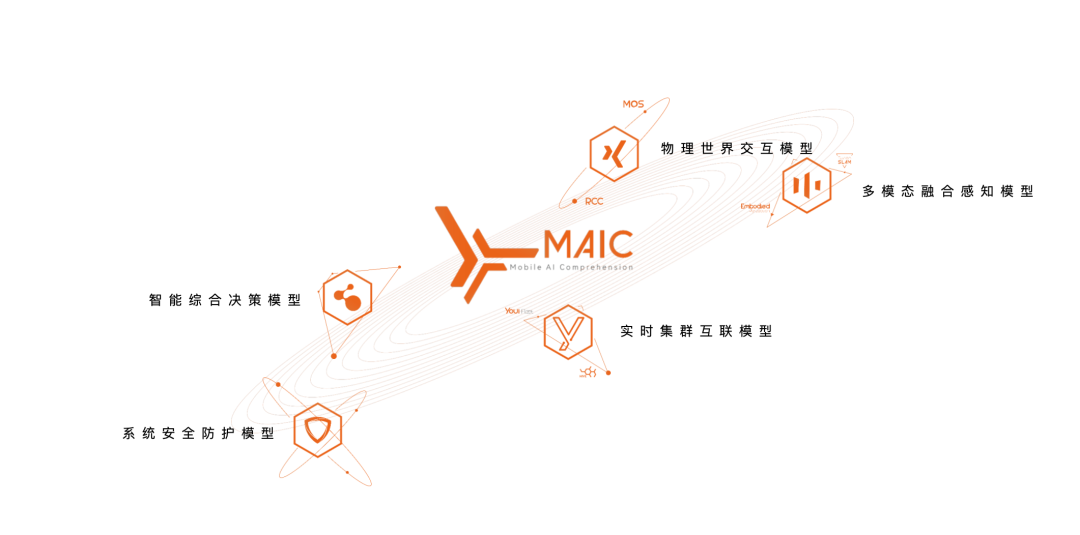
Image source: YOUI-XJTU IEIR
Judging from the technical routes of the invested companies in large models or on the brain side, their focus is on breaking through the data dilemma, improving robots' cognition in the physical world, thereby enabling a leap in the generalization ability of the operation side and continuously expanding scene boundaries. Using the brain as a spear, it pierces the 'dimension wall' of robots moving from the digital world to the physical world.
The 'body-focused' faction adheres to the principle of 'hardware defines AI'. This faction believes that the interaction ability of humanoid robots in the physical world is a prerequisite for the implementation of AI, so it is necessary to prioritize solving basic problems such as mechanical structure, motion control, and energy management.
"No matter how smart AI is, it still needs the body to support interaction. Hardware determines the lower limit of performance. Especially for bipedal humanoid robots, hardware capability is strongly correlated with their stability." A relevant responsible person from an investment institution told the Embodied Learning Society.
Companies with obvious hardware advantages include Unitree Robotics, Fourier Intelligence, and Zhongqing Robotics. Relying on body hardware, Zhongqing Robotics not only walks with the most beautiful gait of humanoid robots with its 'straight-knee gait' but also performs backflips, front flips, and smooth dancing.
From the hardware data, Zhongqing Robotics' SE01 robot has a total of 32 degrees of freedom, stands at 170cm, weighs about 55kg, has a maximum joint torque of 330N·m, and can walk at a normal speed of 2m/s. The robot's core joints are all high-performance harmonic force control joint modules independently developed by team members, with strong industrial stability; the mechanical arms are built with a rope-driven flexible force control solution, with a design life exceeding 10 years.
The dispute between investment factions in humanoid robots is essentially a game between technological paths and business logic. The 'brain-focused' faction pursues technological ceilings, while the 'body-focused' faction solidifies the industrial foundation. Both are indispensable.
As revealed by the success of Tesla's Optimus: powerful AI algorithms require precise actuators for support, and the improvement of hardware performance relies on the iteration of data and models. The future industry leaders will undoubtedly be those companies that can find a balance point in brain-body collaboration. They not only possess a 'super brain' but also have a 'steel body', building a moat in the dual dimensions of technological breakthroughs and commercial implementation.

